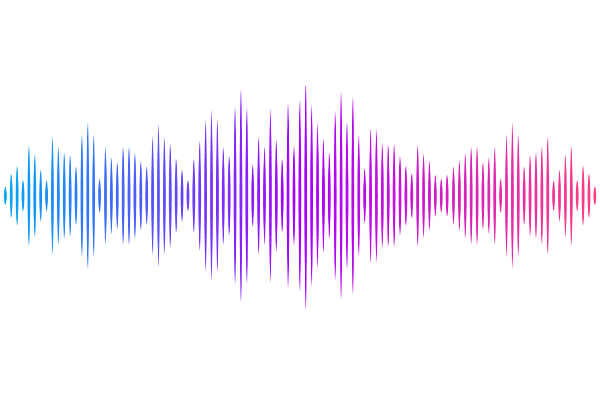A lentiviral toolkit to monitor airway epithelial cell differentiation using bioluminescence

A lentiviral toolkit to monitor airway epithelial cell differentiation using bioluminescence
Orr, J. C.; Laali, A.; Durrenberger, P. F.; Lazarus, K. A.; El Mdawar, M.-B.; Janes, S. M.; Hynds, R. E.
AbstractBasal cells are adult stem cells in the airway epithelium and regenerate differentiated cell populations, including the mucosecretory and ciliated cells that enact mucociliary clearance. Human airway basal cells can proliferate and produce differentiated epithelium in vitro. However, studies of airway epithelial differentiation mostly rely on immunohistochemical or immunofluorescence-based staining approaches, meaning that a quantitative approach is lacking. Here, we use a lentiviral reporter gene approach to transduce primary human basal cells with bioluminescence-based reporter constructs to monitor airway epithelial differentiation longitudinally. We generated three constructs driven by promoter sequences from the TP63, MUC5AC and FOXJ1 genes to quantitatively assess basal cell, ciliated cell and mucosecretory cell abundance, respectively. We validated these constructs by tracking differentiation of basal cells in air-liquid interface and organoid (bronchosphere) cultures. Transduced cells also responded appropriately to stimulation with interleukin 13 (IL-13; to increase mucosecretory differentiation and mucus production) and IL-6 (to increase ciliated cell differentiation). We anticipate that these constructs will be a valuable resource for researchers monitoring airway epithelial cell differentiation in primary epithelial and/or induced pluripotent stem cell (iPSC) cell cultures.